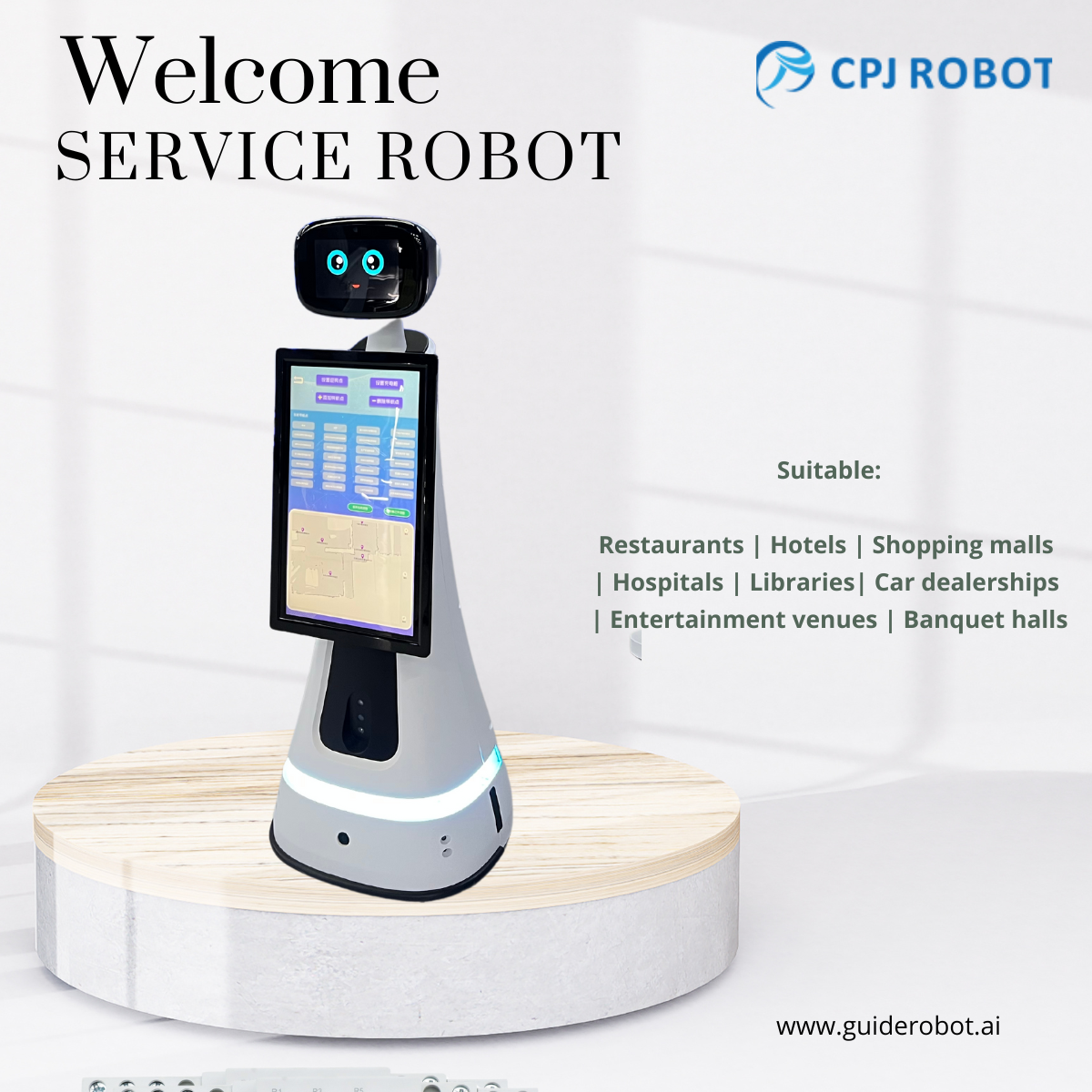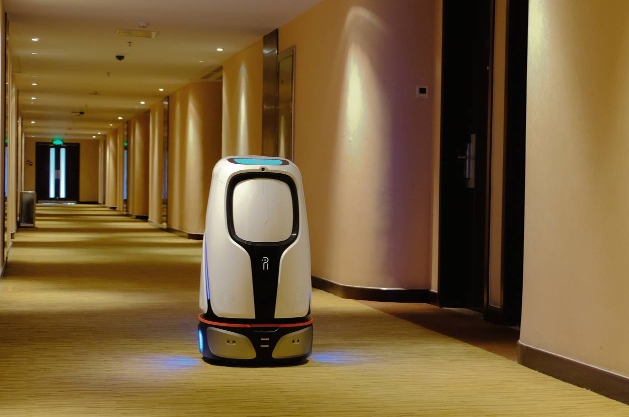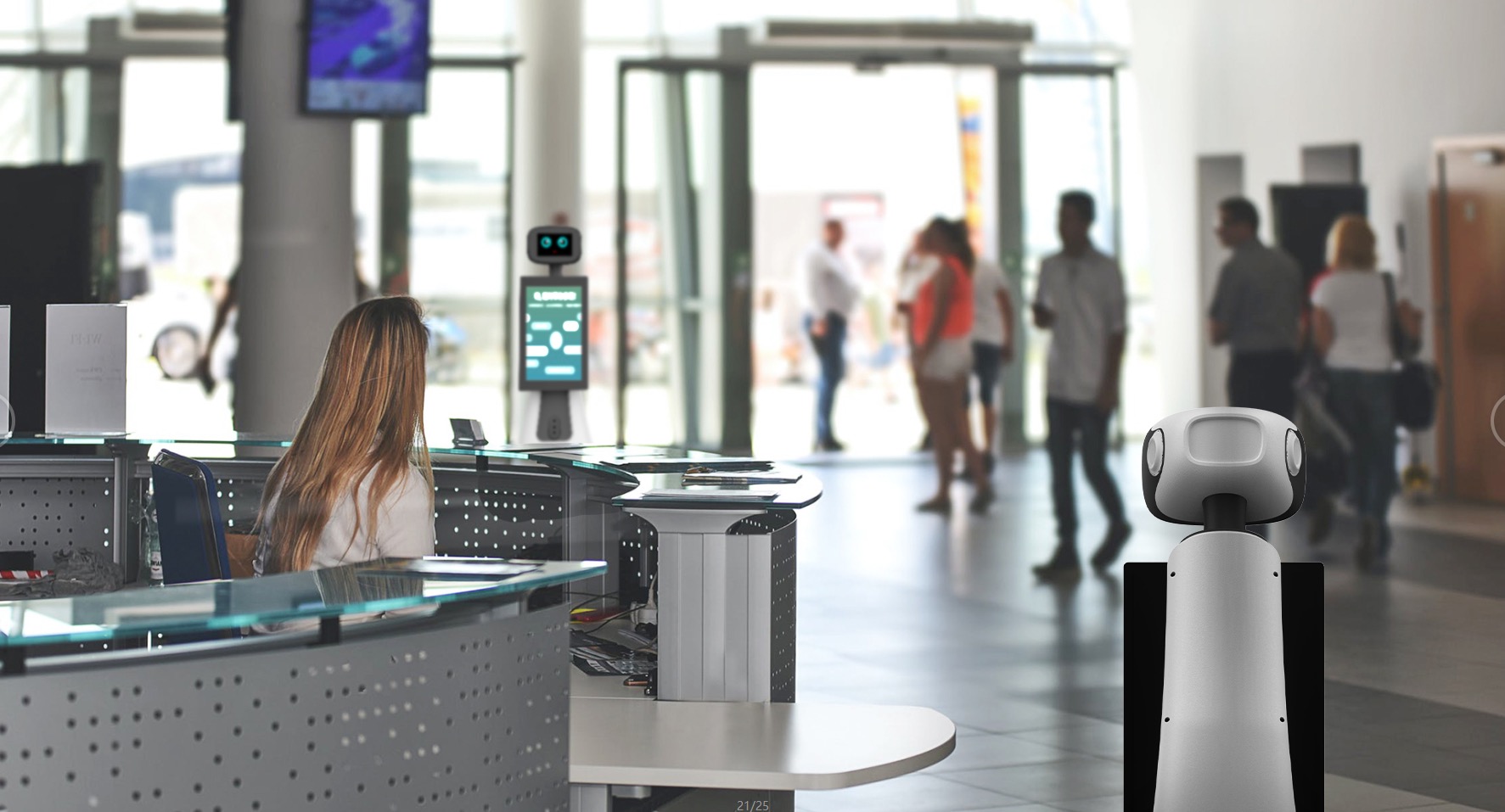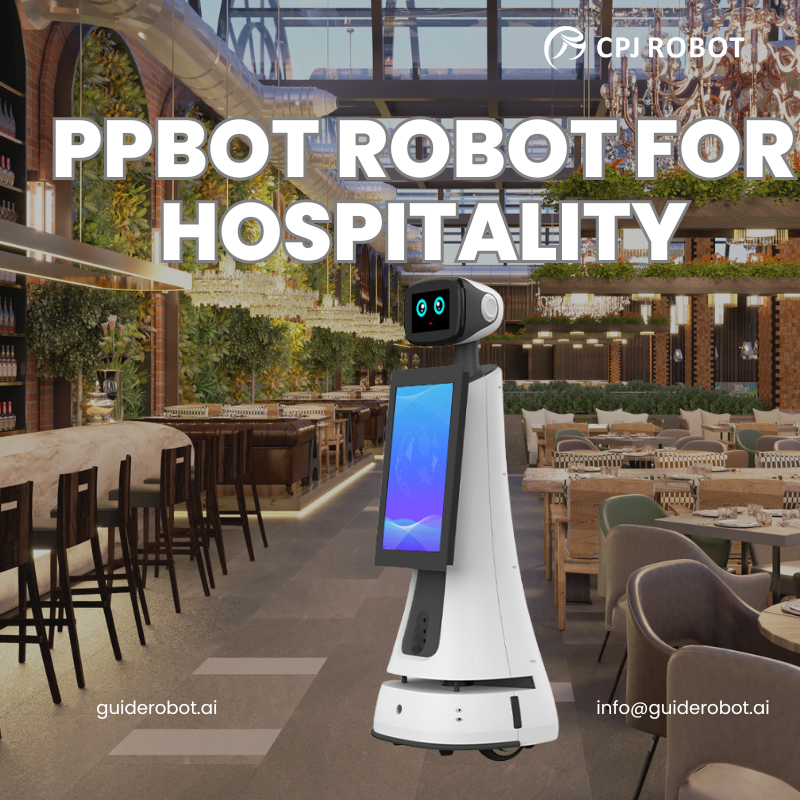As artificial intelligence technology continues to evolve, reception robots are finding widespread applications across various sectors such as airports, train stations, schools, hospitals, government offices, banks, restaurants, and corporate lobbies. The future prospects for these robots are expansive and promising.
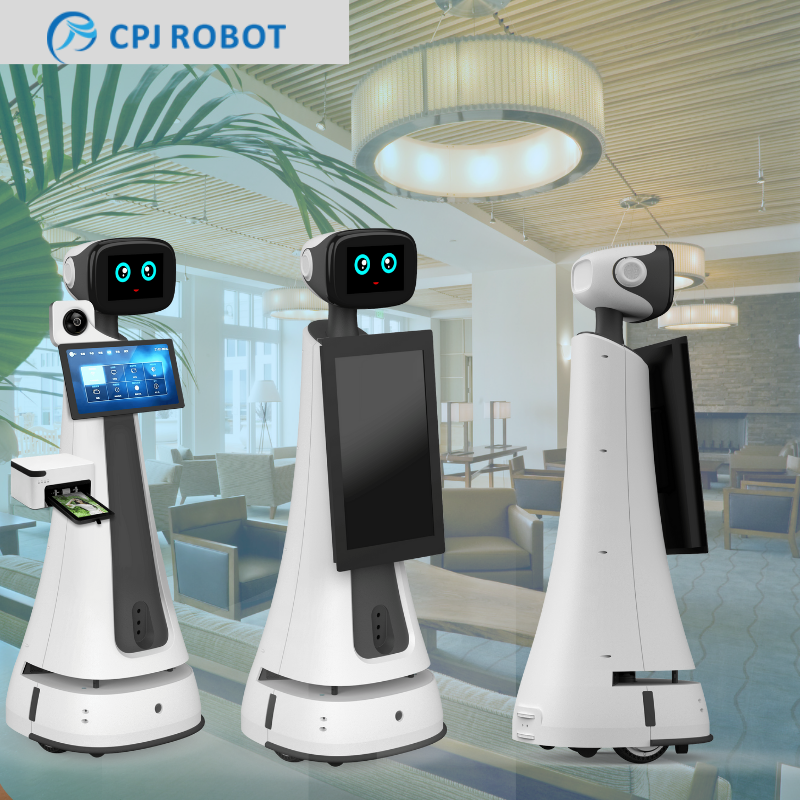
Advantages of Reception Robots
1. Cost Efficiency: Compared to traditional human services, reception robots can significantly reduce labor costs.
2. 24/7 Service: Reception robots can provide continuous, friendly service around the clock, something that human receptionists cannot achieve.
3. Enhanced Customer Experience: These robots offer a fresh and engaging experience for customers, thereby improving their overall satisfaction.
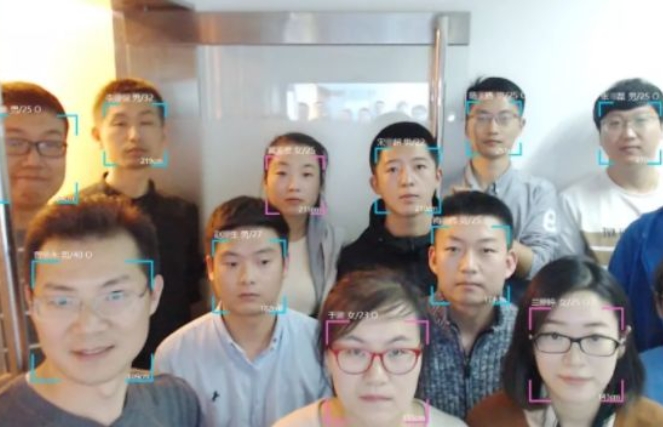
Functional Capabilities of Reception Robots
1. Advanced Interaction: Reception robots are equipped with comprehensive semantic databases for professional and casual interactions. The more extensive and detailed the database, the more intelligent the robot becomes, enabling it to adapt seamlessly to various scenarios.
2. Multimodal Interaction: Customers can interact with robots using voice, gestures, facial expressions, and other natural methods. This interactive interface enhances customer engagement and entertainment, leading to a better interactive experience.
3. Precise Facial Recognition: Equipped with advanced facial recognition technology, these robots can automatically detect, recognize, and track faces. This allows for the easy sorting and identification of multiple faces without requiring customers to make a conscious effort.
4. Human-Robot Collaboration: While humans can adjust the approach or content of reception based on real-world scenarios, reception robots can assist or replace humans in more complex or hazardous tasks. This collaboration enhances safety, usability, and cost-effectiveness, making it easy for ordinary workers to operate the robots.
5. Autonomous Navigation and Obstacle Avoidance: Utilizing Lidar and SLAM-based systems, reception robots can create environmental maps, navigate autonomously, avoid obstacles, and plan the optimal route to the destination.
6. Multi-Device Control: With the development of 5G technology, reception robots can be managed through an IoT platform, enabling remote command and control of multiple robots simultaneously.
7. Visual Data Collection and Management: Reception robots represent each data item as a single graphic element within a database, creating a comprehensive data image for deeper analysis and observation from multiple dimensions.
8. Intelligent Customer Management Platform: Reception robots use AI technology to interact with customers directly, while the backend features human operators for support, generating detailed customer service data.
Broad Application Range
Reception robots have garnered significant attention in the service robot market due to their capabilities in autonomous navigation, voice interaction, promotion, entertainment, and remote control. They offer practical applications that enhance service quality and operational efficiency.
For instance, in a hotel setting, reception robots can greet guests, converse with them to understand their needs, assist with check-ins, take orders, recognize VIPs, provide navigation, and offer information about local attractions. This not only enhances the guest experience but also elevates the hotel’s image and service level. Furthermore, these robots can serve as brand promoters, advertising and promoting products, and replacing repetitive, low-skill tasks such as welcoming guests, guiding shoppers, and providing exhibition commentary.
CPJ Robot’s PP Robot is an example of a reception robot currently used across various industries, including retail, public services, healthcare, finance, government, dining, education, hospitality, and tourism. The company also offers professional customization services to meet the specific needs of different business scenarios. [email protected]
In summary, reception robots differ from traditional human receptionists in their ability to provide cost-effective, continuous, and enhanced service experiences. Their advanced interaction capabilities, precise facial recognition, autonomous navigation, and ability to manage multiple tasks make them a valuable addition to any service-oriented environment.
